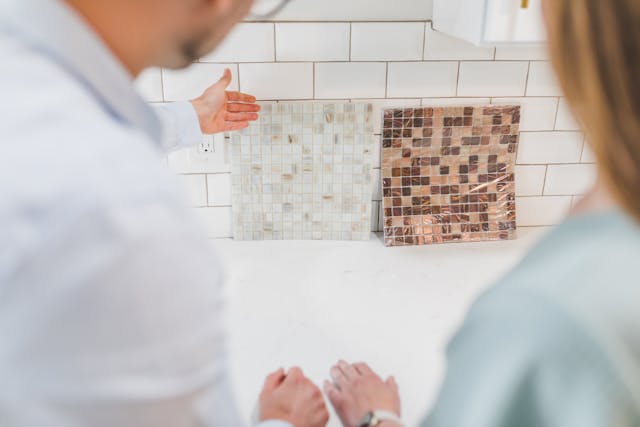Key Takeaways
- Sealing stone surfaces extends their lifespan by protecting them from stains, scratches, and environmental damage.
- Regular maintenance and sealing keep stones looking vibrant and new by enhancing their natural color and texture.
- Properly sealed stones resist moisture, reducing the risk of mold and mildew in humid environments.
- Sealing adds a protective layer that simplifies cleaning and maintenance.
Table of Contents
The Importance of Sealing Stone Surfaces
Stone surfaces add a touch of elegance and natural beauty to any environment, whether it’s a countertop, flooring, or exterior façade. However, to maintain their pristine condition, it’s crucial to seal them properly. Sealing not only extends the lifespan of your stone but also protects it from everyday wear and environmental elements. Investing in sealing allows you to preserve your stone’s natural beauty and functionality for years. For those seeking residential preventative stone maintenance Manhattan NY, professional services can ensure that your stone surfaces remain in top condition, enhancing aesthetics and durability.
Protection from Stains and Damage
Stones, especially porous varieties like marble and limestone, can easily absorb liquids, leading to unsightly stains and potential structural damage. Sealing creates a barrier that prevents substances from seeping into the stone’s pores. This barrier protects against common culprits like wine, oil, and acidic substances, ensuring your surfaces remain unmarred by daily life. Additionally, sealed stones are less likely to scratch or chip, providing an extra layer of durability.
Enhancing Aesthetic Appeal
One of the often overlooked benefits of sealing stone is its ability to enhance its natural color and texture. Sealing brings out the stone’s inherent patterns and hues, making them more vibrant and visually appealing. This enhancement makes the stone stand out and adds a luxurious feel to the space. Whether it’s a marble countertop or a flagstone patio, sealing helps perpetuate a polished, high-end look.
Preventing Moisture and Mildew Buildup
Moisture can harm stone surfaces, especially in humid environments like bathrooms and kitchens. Unsealed stones are vulnerable to water penetration, which can lead to mold and mildew growth—unwelcome issues that compromise aesthetics and health—sealing acts as a shield, repelling moisture and preventing these problems from taking root. By creating a moisture-resistant barrier, sealing safeguards your stone and maintains a clean, healthy environment.
Simplifying Maintenance and Cleaning
Maintaining stone surfaces can be arduous, but sealing simplifies the process. Stones are easier to clean with a protective seal since dirt and spills remain on the surface rather than absorbed. Regular maintenance becomes straightforward, requiring little more than a gentle cleanser and a soft cloth. This ease of care translates to fewer cleaning products and reduced effort, allowing you to enjoy your stone’s beauty without constant upkeep.
Final Thoughts on Sealing Stones
Sealing your stone surfaces is an optional luxury and a necessary step in preserving their integrity and appearance. Sealing is an investment that pays off in longevity and beauty by providing protection from stains, enhancing aesthetics, preventing moisture damage, and simplifying maintenance. Whether indoors or outdoors, sealed stones offer robustness and grandeur, transforming everyday spaces into timeless masterpieces. Consider including stone sealing in your regular maintenance routine to ensure your surfaces retain their splendor for generations.
